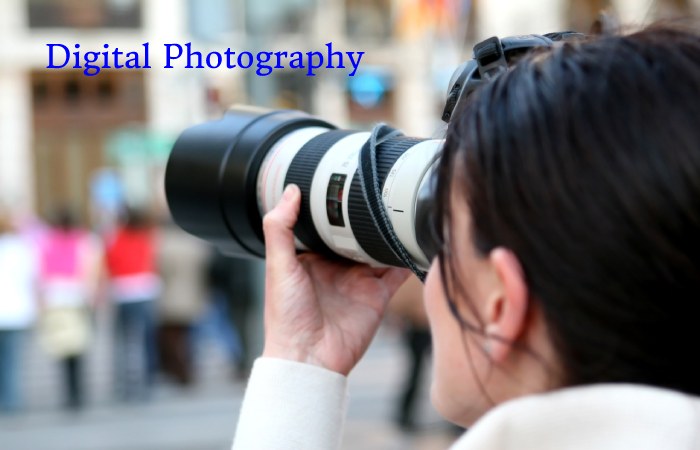Table of Contents
Introduction
To Improve Digital Photography functions as a permanent memory of places, landscapes, moments and people that constitute the fabric of our lives. Photography has not been immune to technological advances and has travelled an excellent path from its creation to the digital photography that we know today, available to anyone. Today we can all be photographers!
If you are passionate about digital photography and want to know more about its origins and characteristics, this article is for you.
What is Digital photography?

Digital photography is a process of capturing still images in a dark room, similar to traditional photography. Still, instead of using photosensitive film and developing chemicals, it captures light through an electronic sensor made up of units photosensitive.
In this way, the captured images are converted into electrical signals stored in an electronic memory, following the same formats and communication protocols of the digital memories of computers and applying various structure and compression mechanisms to the photograph taken.
Characteristics of Digital Photography
Image size is one of the main characteristics of digital photography. This aspect, along with the resolution, has changed a lot over the years, but today the measurements are standardized, and hardly any cameras reproduce less than 15 megapixels.
Sensitivity is another characteristic of this type of photography. Its function is to produce a correct result with natural light, making using additional light sources less and less necessary.
The company released its Digital Camera System (DCS), including a 1.3-megapixel sensor with a Nikon F3 camera body. In addition, the camera had a separate unit connected by a cable in which the photo taken could be viewed and archived.
Advantages and Disadvantages of Digital Photography
Now that you know what digital photography is all about, it’s time for you to understand its advantages and disadvantages.
Advantage
Minor Costs
By dispensing with the use of photographic rolls and developing the photographs, the costs in the field of materials to produce beautiful images are considerably reduce.
Immediacy
One of the most significant advantages of digital photography is the ability to take photos and have them available immediately. In addition, since it allows you to view the result of the image at once. Errors can correct without incurring reprocessing.
Storage
A digital card can store many more photos than the original 48-photo roll.
Technical Advantages
Digital cameras provide the photographer with technical information in real-time. The RGB and ISO values image and the histogram, which contributes to the quality of the photos.
Disadvantages
Resolution
A standard 35mm film had the equivalent of a resolution of 87 megapixels, which is an unattainable value for a digital camera that usually has a resolution of 45 megapixels.
Cost Of Cameras
Due to the technologies they incorporate and that cameras are now practically small computers. The prices of a good camera or even a mobile phone with a great camera are very high.
Electronic Noise
The constant electrical flow inside a camera generates a “noise” or image artefact that affects the quality of photographs and is more noticeable when using low ISO values.
Conclusion
Kodak patented the prototype digital still camera design. It was for still photography with a resolution of 0.01 megapixels and weighed 3.5 kilograms. In addition, the process of digitally saving the image was prolong.
